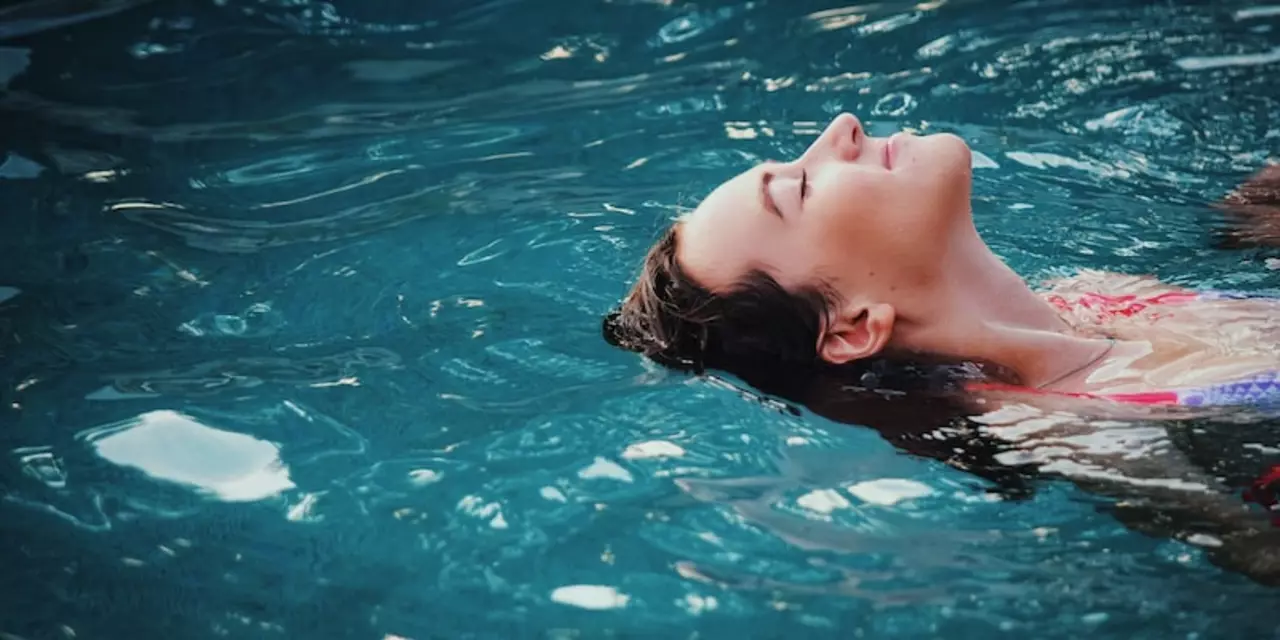February 2023 Sports Therapy Archive
When browsing the February 2023 Sports Therapy Archive, a curated collection of articles focused on running, soccer, and swimming that help you train smarter and stay injury‑free, you get a snapshot of what active people cared about at the start of the year. This archive isn’t just a date label – it captures a moment when runners were chasing winter mileage, soccer players were sharpening tactical drills, and swimmers were fine‑tuning stroke efficiency.
One of the biggest themes was Running, the sport of moving fast on foot, which many use for health, competition, or stress relief. Articles broke down everything from proper shoe fit to interval workouts that boost VO₂ max. The advice was practical: try a 5‑minute dynamic warm‑up, test your cadence with a metronome app, and add hill sprints to build power. Readers who followed the steps reported smoother strides and fewer shin splints.
Side by side, Soccer, the globally loved ball game that blends endurance, agility, and teamwork got its own spotlight. Guides explained how to improve ball control under pressure, use progressive plyometrics to increase explosive speed, and prevent common knee injuries with simple glute activation drills. One piece even mapped out a weekly micro‑cycle that balances skill work, tactical video review, and recovery, letting players stay sharp without burning out.
Meanwhile, swimmers weren’t left out. The archive featured Swimming, the low‑impact, full‑body exercise performed in water that enhances cardiovascular health and muscle tone. Tips covered stroke refinement, breathing patterns, and how to use drag socks for resistance training. A standout article showed how a 30‑second “fist drill” can improve hand entry alignment, reducing shoulder strain over long sessions.
Across all three sports, sports therapy served as the connective tissue. Injury prevention strategies—like foam rolling, mobility routines, and progressive overload—appeared in every piece, proving that staying healthy is just as important as getting faster. Readers learned that a solid warm‑up reduces the risk of hamstring pulls, while smart cool‑downs accelerate recovery and keep performance steady week after week.
What you’ll find in this collection
The February 2023 archive brings together practical guides, evidence‑based tips, and real‑world anecdotes. Whether you’re a runner looking to shave seconds off a 5K, a soccer player aiming to out‑maneuver opponents, or a swimmer chasing smoother turns, the articles below give you clear steps you can try today. Expect short‑term hacks like “add a single‑leg hop between intervals” alongside long‑term plans such as “rotate core strengthening exercises every four weeks.” Each post ties back to the core idea that smart training + proper recovery = better results.
As you scroll, you’ll notice the recurring emphasis on measurable progress. Most guides include a simple tracking method—like a weekly log sheet or a smartphone app—to help you see how small tweaks add up. This focus on data lets you stay motivated and adjust your routine based on real feedback, not just guesswork.
In short, this archive is a toolbox for anyone who wants to boost performance while keeping the body safe. Dive into the articles, pick the advice that fits your schedule, and start applying it right away. The next few pages hold the details you need to take your sport to the next level.



